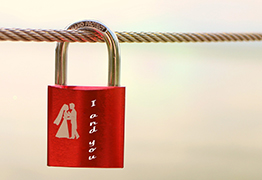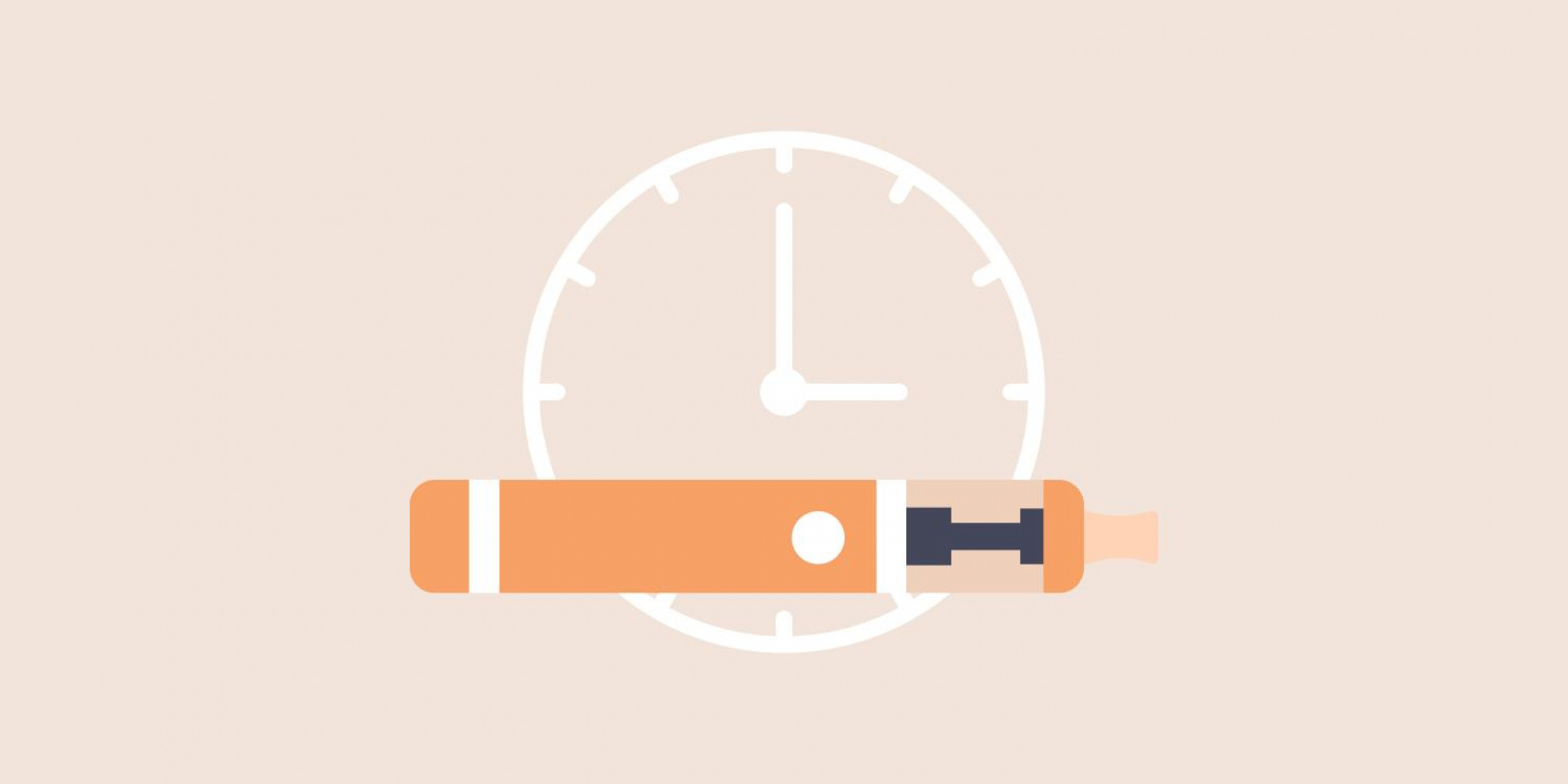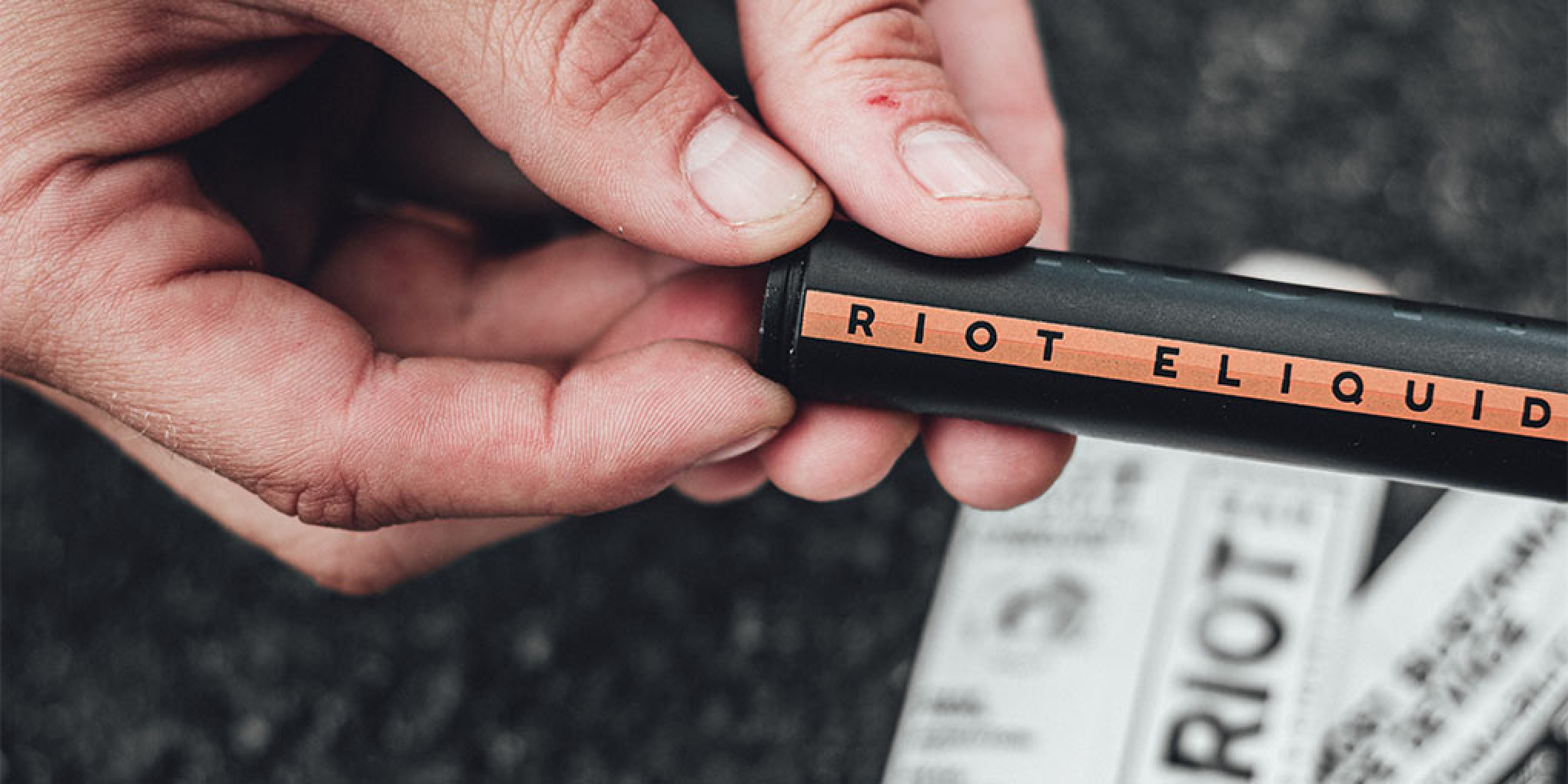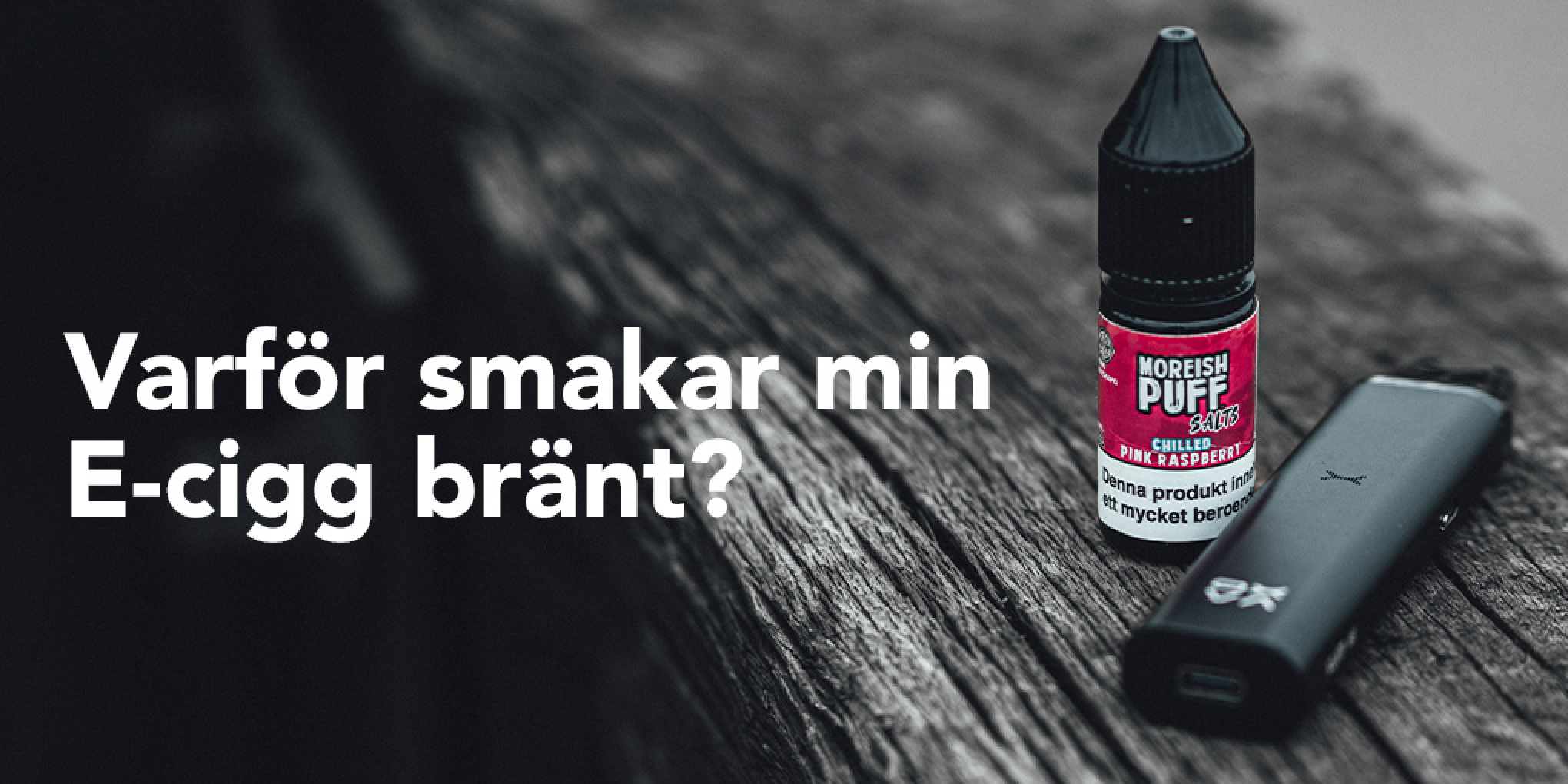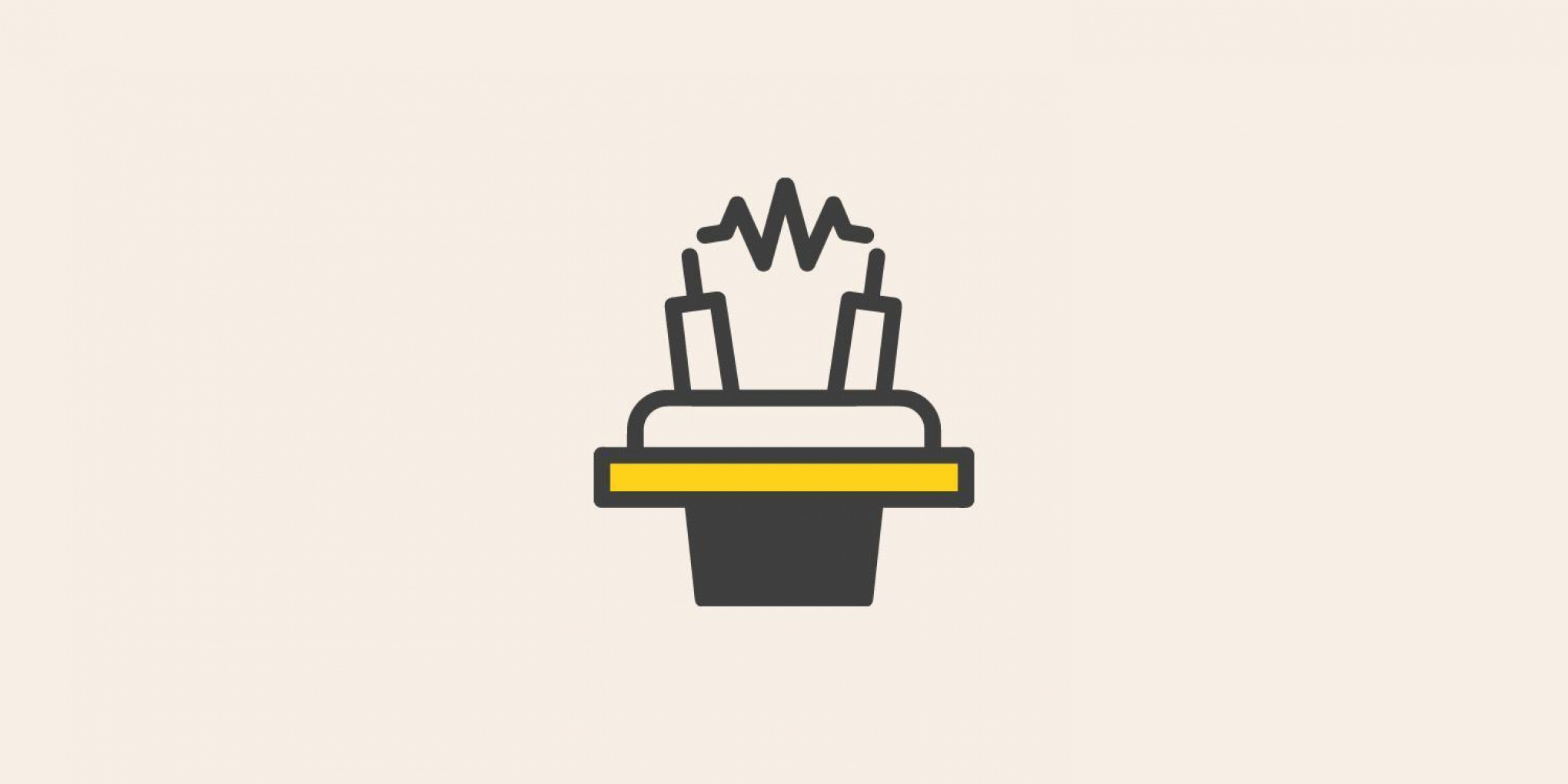Vapingens biverkningar har diskuterats av vejpare under lång tid. En snabb sökning av ämnet på ECF resulterade i 207...
Understanding Nicotine Strengths and Percentages
All new vapers are familiar with the confusion. When you go to buy your usual 12 mg/ml nicotine level, you won't find this option there. Instead, e-juice comes with either 0%, 0.3%, 0.6%, 1.2% and 1.8% nicotine. So what should you do? What is the difference between nicotine strengths listed in mg/ml and those listed in percent? How do you convert from one unit to another?
Nicotine strength in mg/ml
Nicotine strengths are mostly listed in mg/ml, which stands for milligrams per milliliter. This means that for each milliliter of e-liquid in the bottle, the specified amount of nicotine is added.
In the case of a 6 mg/ml e-juice, this means that each milliliter contains 6 mg nicotine. If you need to calculate the total amount of nicotine in a bottle or in a tank, simply multiply the strength in mg/ml by the number of milliliters you have.
For example, if you fill a container of 5 ml with 6 mg/ml e-liquid, you have 5 ml × 6 mg/ml = 30 mg nicotine in your container. Similarly, a 10 ml bottle of 6 mg/ml e-liquid contains a total of 60 mg nicotine.
Nicotine strengths in percent
Nicotine strengths in percent are very similar, but a little easier to understand. Instead of combining a amount (in mg) and a volume (in ml), percentages use the volumes of both. In simple terms, numbers like 0.3% or 1.8% simply indicate how much of the liquid in the bottle is nicotine.
This means that if you have any e-liquid containing 1.2% nicotine, every portion will consist of 1.2% nicotine and 98.8% PG, VG and flavorings.
Technically, this measurement is called "nicotine by volume", in the same way that percentages on a bottle of spirits are called "alcohol by volume", abbreviated ABV. "Nicotine by volume" is sometimes also abbreviated NBV.
You could also calculate the percentage based on mass if you want, but e-juice manufacturers usually do not do it that way. We use ml, and so do they.
Convert from mg/ml to percent and back
Converting from a nicotine strength in mg/ml to a percentage is very easy. You only need to divide the amount in mg/ml by 10. So if you have 6 mg/ml e-juice, this corresponds to 0.6% e-juice. 18 mg/ml e-juice corresponds to 1.8% e-juice. And if you have a 72 mg/ml nicotine base with high strength, it becomes 7.2%.
The conversion could not be any simpler than this. To convert back from percentage to mg/ml, you simply multiply it by 10.
More details on combining weights and volumes.
Practically, this is basically all you need to know to confidently switch between percentages and mg/ml values. But if you're interested in knowing exactly why it works this way, here's a little more information.
The problem is a bit complicated because the mg/ml values combine mass and volume. The practice originates from China, where the first e-cigarettes were manufactured. It would not pose any problem, but to calculate a percentage you need to use two volumes, not a volume and a mass.
To calculate it yourself you must know how much volume each mg of nicotine occupies in liquid form. Nicotine has a density of 1.01 grams per cubic centimeter, which means that 1,010 mg of pure nicotine occupies one milliliter. We can use this to convert mg of nicotine to ml of nicotine.
First we must find the total amount of nicotine, which we are considering, in mg. As said before, you simply multiply the nicotine strength – for example 6 mg/ml – by the bottle size – for example 10 ml. So in this case we have 60 mg of nicotine. Considering the nicotine's density, this becomes about 0.059 ml of pure nicotine.
So to calculate the percentage you divide the nicotine's volume by the total volume of the e-liquid and then multiply the result by 100. This means that a 10 ml bottle with 6 mg/ml e-liquid has (0.59 ml/10 ml) × 100% = 0.59% nicotine. Since we do not need to be so exact, it would be listed on the bottle as 0.6%.
You actually won't need to do this, but it explains why all you need to do is divide by 10 to go from mg/ml to percent. Nicotine has a density similar to water, essentially 1 g per ml, and this makes the calculation really simple.
Congratulations: You will never order the wrong e-juice again
If you’re not so traumatized by the improvised math, you can now confidently explain what mg/ml means, what the percentage values for e-liquids mean, and easily convert between them. Wherever you order from, you know exactly what you’re getting.

